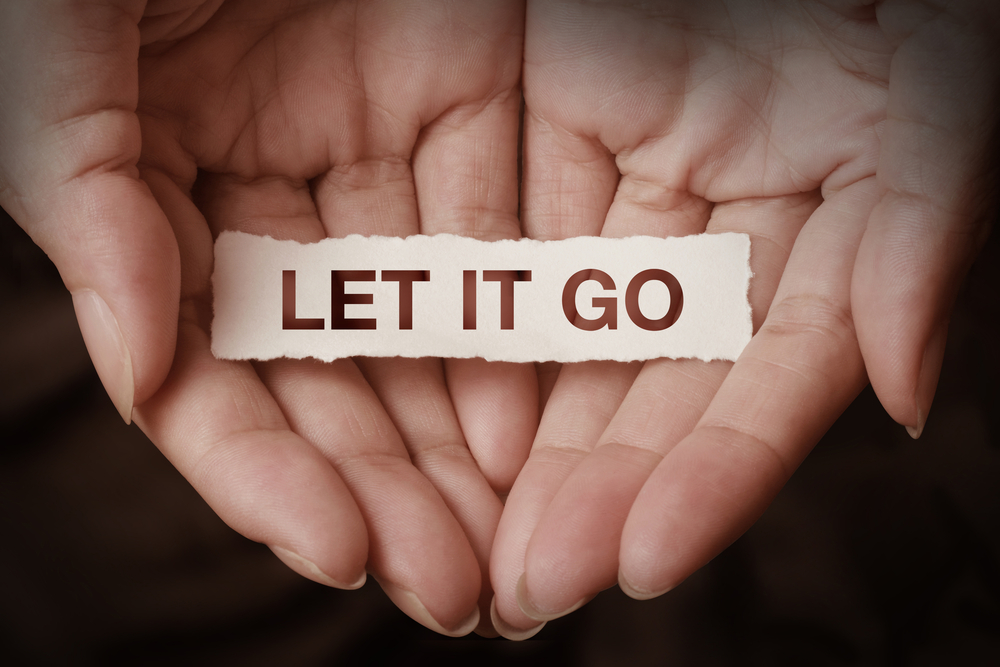How to Let Go Of The Rope (Part 3)
We can’t be afraid of change. You may feel very secure in the pond that you are in,
but if you never venture out of it,
you will never know that there is such a thing as an ocean, a sea.
Holding onto something that is good for you now,
may be the very reason why you don’t have something better.– C. JoyBell C. author, TheSun is Snowing
I strongly suggest you read Part 1 and Part 2 of this series.
FYI: (The Conscious Mind =The Rider; The Unconscious Mind =The Elephant)
How To Let Go of the Rope – Attachments
Many people have a tendency to look outside themselves for happiness and joy. But real happiness is not dependent on external things, and for those who seek it outside themselves, that happiness is always fleeting, always just over the horizon. When something does temporarily fill the void, that something is considered the source of happiness—until it isn’t. And then, disappointed, the happiness seeker must continue the relentless and ultimately fruitless search for the “something” that will make him or her feel complete. These “somethings” are what I think of as negative attachments, and in order to free up space in your mental hard drive, rewire your brain, and transform fear into love, it is essential that you acknowledge and examine these attachments. Only then can you decide whether they add to or take away from the quality of your life, and then make a decision to let go or not.
Life Thought: Happiness Lies Only Within You, Not in Outside Circumstances, Things, or People
What exactly are attachments? In Love is the Answer: Creating Positive Relationships, Gerald G. Jampolsky and Diane Cirincione define an attachment as “…a certain way that we use people, situations, and things to actually create barriers against love and our own inner peace.” At their most basic, attachments are the emotional dependence we put on things and people. And these attachments come in an extraordinarily wide range of shapes and sizes, including, for example, food, people, relationships, sex, risk taking, television watching, cars, drugs, being right, pain, illness, depression, guilt, anger, clothing, jewelry, popularity, a public image, having the ideal body, getting attention, blaming, independence, dependence, controlling, being controlled, and many other forms.
They are the kinds of things that the ego leads us to constantly and aggressively search out, acquire, and then subconsciously use to reflect back on ourselves to define our self-worth. These include, for example, large sums of money, numerous sexual conquests, and particularly attractive partners, as well as luxury items such as big houses, the most stylish clothing, or the trendiest, most expensive automobiles.
Unfortunately, though, these types of attachments often make false promises that can never be fulfilled. And because the temporary shot of dopamine, the feel-good chemical they provide, fades, the euphoria they generate doesn’t last. They do provide the subconscious (Elephant) with instant, short-term gratification, but they can also cause a great deal of disappointment, dissatisfaction, and even pain. Once the initial rush of getting something new goes away, because your sense of self-worth was based on the attachment itself, all you are left with is a feeling of emptiness.

When you learn how to let go of the rope this creates the mental and physical space to let in something new, bright and joyful
Your Turn – Recognize Negative Attachments
This exercise is designed to help you recognize those things in your life—relationships, material possessions, thinking, and behaviors—that are negative attachments. Before you start, though, it is important for you to understand that sometimes these attachments have become so much a part of you that they are essentially invisible. For that reason, it’s essential that you examine all aspects of your life closely.
The steps outlined below deal with your relationships and material possessions, but you can use the same process to explore your thinking and discover your attachment to worry, guilt, or a specific behavior. Bear in mind that this exercise is not about judging your attachments. It’s simply about becoming aware of what you are attached to, and as such represents the process through which, by asking yourself questions, you prepare yourself to let go.
- Think again about the relationships you listed in the last exercise, and focus on the three most important ones. Then ask yourself, “Do they support, energize, and nurture me, or do they sap my energy?” Examining relationships can trigger strong emotions, but unless you do you won’t be able to determine to what extent they too may be attachments.
- Look in your closets, drawers, cabinets, garage, and storage areas, and list all the material “stuff” you have not used in the last year or more. Then ask yourself, “Why am I hanging onto these things? What is the payoff for keeping the clutter?”
- Go through your lists— one relationship and one item at a time. Vividly imagine yourself without each one. If it helps, imagine that the relationship ended for some reason, or that the item was suddenly lost, stolen, or destroyed. While you are doing this, be aware of your feelings. Breathe deeply. Pay attention to your body. Use your Tool for Truth. If, as a result of imagining these things being lost, taken away, or destroyed, you feel empty, scared, anxious, poor, alone, diminished, or angry, the chances are that they are attachments.
- Finally, looking at those things you have identified as attachments, ask yourself, “Which, if any, might I be willing to let go of right now?”
How To Let Go – It Is Not A Step – It Is A Result
It’s important to remember that letting go itself is not actually a step but, rather, the result of going through this process. That’s because, in fact, the problem isn’t really about letting go but about holding on to a thing, person, memory, or situation. It’s the grasping that is exhausting, burdensome, and sometimes self-destructive. And that, of course, is because the subconscious Elephants needs to keep things the way they are.
That’s why examining our attachments and asking ourselves questions paves the way to letting go. It lessens the need to hold on until we can safely release our grip. That is, even though the subconscious Elephant fears loss, the conscious Rider knows that losing thoughts, habits, fears, and worries that are causing emotional pain is like pulling up the anchor of a ship and sailing away free. Perhaps the best part is that letting go of attachments creates the mental and physical space to let something new, bright, exciting, intriguing, and joyful fill the space you have chosen to create.
IMAGINE THAT!

James Mapes is the founder of Quantum Leap Thinking™, creator of The Transformational Coach™, expert on the psychology of “applied imagination,” best-selling author, highly acclaimed business speaker, consultant, seminar leader and personal excellence coach.
